
Are you thinking “It’s the most wonderful time of the year. Kaching!?”
Oh, dear.
That’s akin to making the holidays all about the commercial aspects, and losing sight of the season’s wonder, awe, gratitude, love, and warmth of community.
Yes, many nonprofits raise the lion’s share of their annual fundraising goal in the last few months of the year. In fact, December accounts, on average, for 31 to 50% of all contributions from individuals. So, you’re to be forgiven if you’re excited to see the money come flowing into your coffers.
But, just because it’s solicitation time does not mean it isn’t cultivation/stewardship time.
It’s not just about the money.
Ever time you communicate with donors you need to show the love.
How you spread love through your mission-focused work.
How you love your supporters.
How love, not money, is at the heart of all philanthropy (philos/love + anthro/humanity).
Even though you’re ramping up fundraising activities this month, you can’t lose sight of your donor. And what’s in it for them if they give to you. So, ask yourself:
- How will donors feel when they receive the year-end missive you’re sending?
- How will donors feel when they say “yes” to your appeal?
- How will they feel immediately after they give?
- How will they feel later — a month, two months, three months, six months and 12 months after they give?
Do you come across as being only about money?
You may if your year-end fundraising looks mostly like this:
- Help us meet our fundraising campaign goal.
- Help us raise $XX,XXXX (money) before the year ends.
- Grab your tax deduction before December 31st.
Such admonitions are all about you, your deadlines and money.
They are things people think about with their brain, not their heart. With their reasoning, not their emotions. WIth the part of their brain that makes them give a token or habitual gift, not a thoughtful or passionate one.
And once the gift comes in, then what?
Do you simply take the money and run?
If a donor makes a gift and you simply dispense an automated thank you, and nothing more, that’s not a donor relationship. That’s a transaction
If you get all ATMy at this time of year you’re going to lose these donors by this time next year. Or you won’t get them to give more. Or tell their friends how great you are. Or do any of the other things that donors do when they love you.
One-time gifts are here today, gone tomorrow. In fact, a whopping 80%+ of first-time donors won’t give again.
Transactions won’t help you next year or the year after that.
No. You’ve got to transform the transactions into something longer lasting.
You want donors to feel terrifically warm, fuzzy and inspired after they give to you.
Yes, you’re going to ask — maybe multiple times — at this time of year. But to get the desired response – and feeling — you still have to ask the right way.

 Legacy gifts don’t fall from the sky.
Legacy gifts don’t fall from the sky.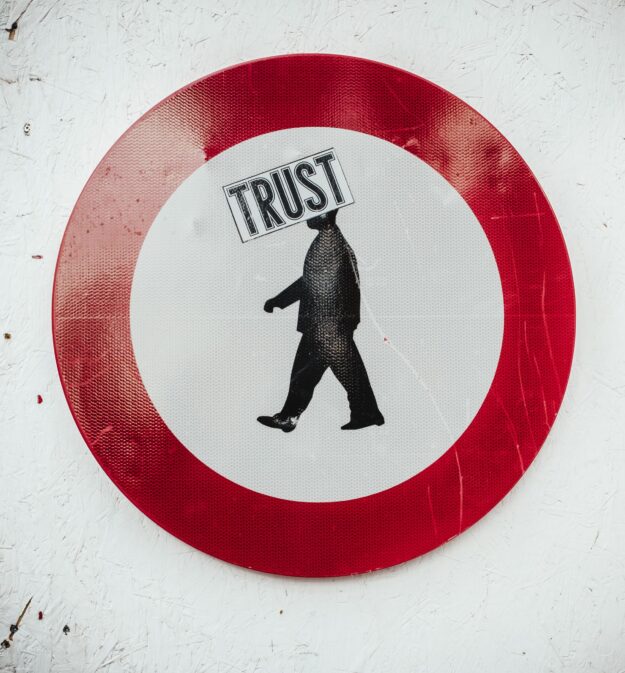

 The major gift journey is a synergistic one. You see, it’s both your journey and your donor’s journey.
The major gift journey is a synergistic one. You see, it’s both your journey and your donor’s journey.

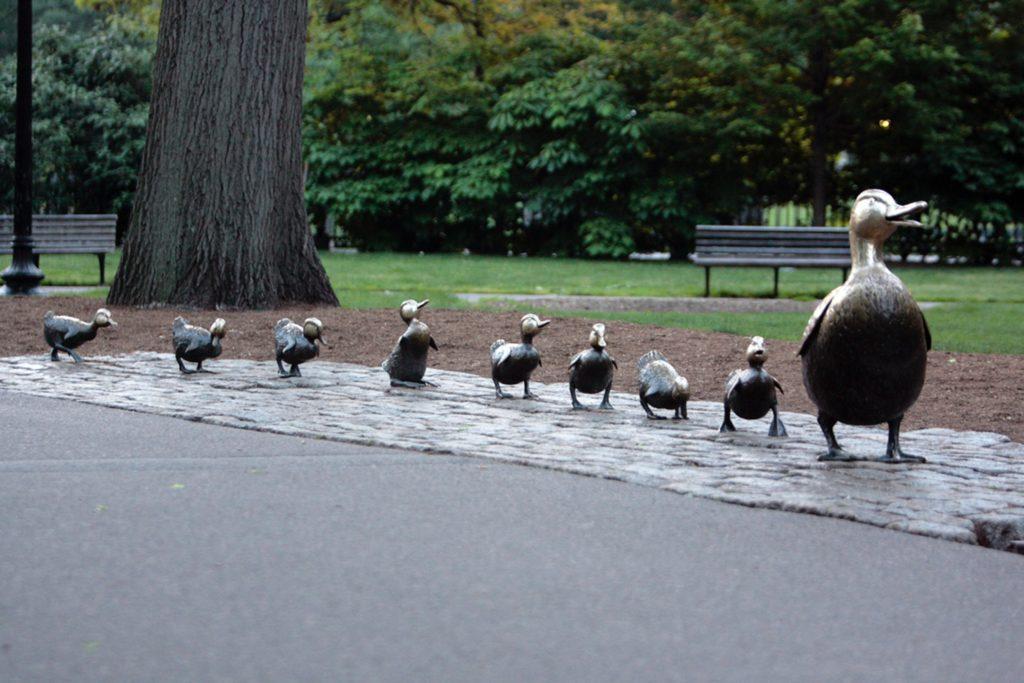 You’ve got one month before fall fundraising season begins in earnest.
You’ve got one month before fall fundraising season begins in earnest.

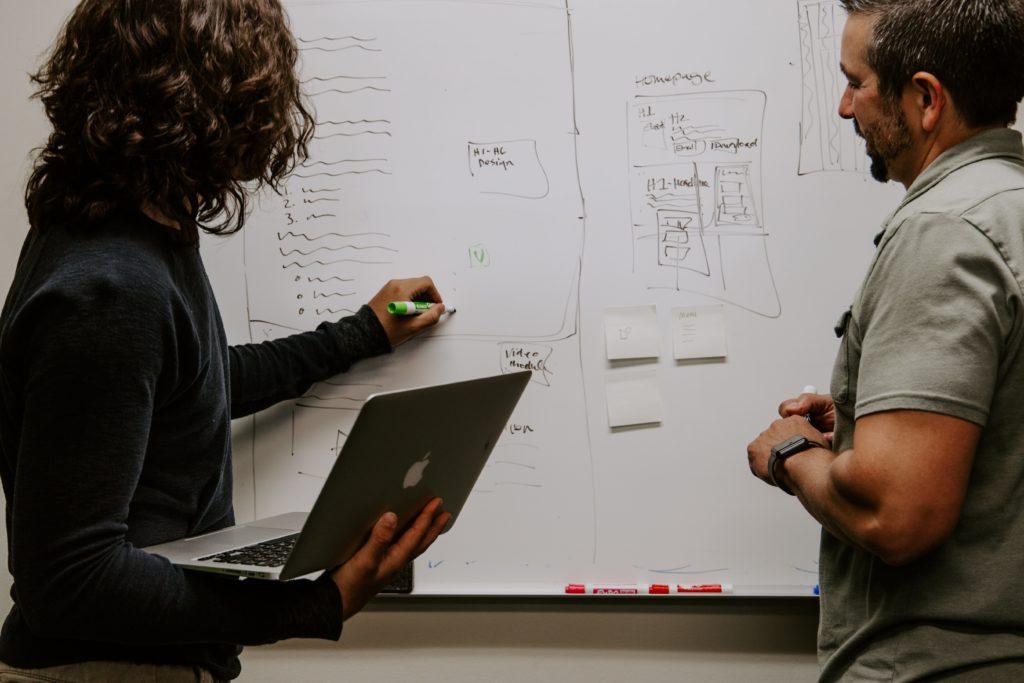 Once upon a time I let folks know I’d “finagled” a discount for them. After one reader told me the word “finagle” means “to obtain something by devious or dishonest means,” I sent an apologetic “Ruh Roh” email. I received a lot of forgiving (thank you!) feedback. Many kindly supported my initial use of the word “finagle.”
Once upon a time I let folks know I’d “finagled” a discount for them. After one reader told me the word “finagle” means “to obtain something by devious or dishonest means,” I sent an apologetic “Ruh Roh” email. I received a lot of forgiving (thank you!) feedback. Many kindly supported my initial use of the word “finagle.”

 For at least the past seven years I’ve been actively encouraging nonprofits of all stripes to prioritize beginning or ramping up their
For at least the past seven years I’ve been actively encouraging nonprofits of all stripes to prioritize beginning or ramping up their


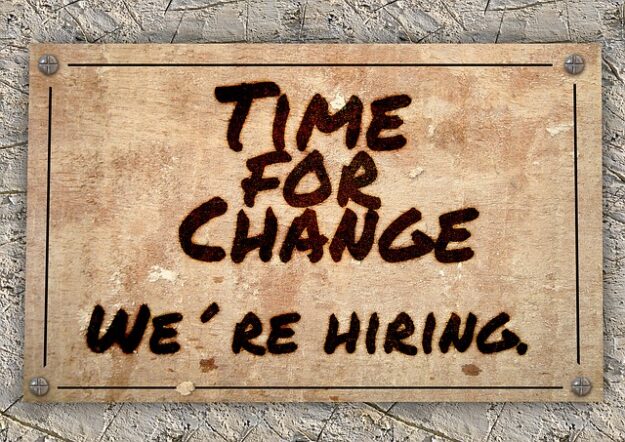
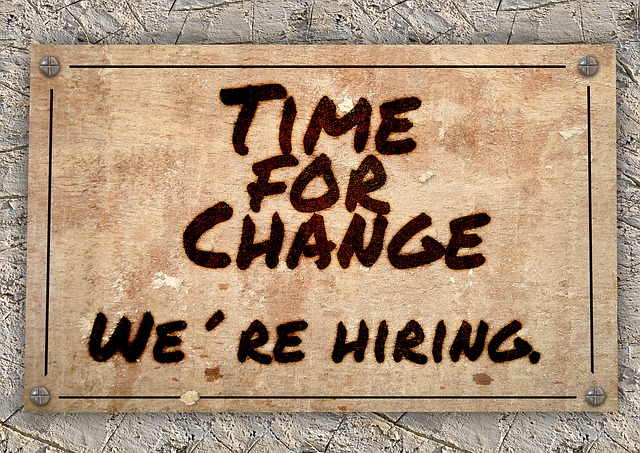 Did you have a New Year’s resolution to look for a new development position? Or maybe to transition to work in the social benefit sector?
Did you have a New Year’s resolution to look for a new development position? Or maybe to transition to work in the social benefit sector?
 This week the groundhog told us it’s going to be an early spring!
This week the groundhog told us it’s going to be an early spring!






 You are if your modus operandi is fire fighter.
You are if your modus operandi is fire fighter.
 The single most important lesson I ever learned.
The single most important lesson I ever learned.


 You are known by the company you keep.
You are known by the company you keep.
 Have you ever received confoundingly terrible customer service? Maybe at a restaurant, hotel, fast food restaurant or retail outlet? It happens all the time and, likely, you’ve thought to yourself: “Why on earth are they treating me like this? It’s so stupid! Don’t they realize I’ll never come here again?”
Have you ever received confoundingly terrible customer service? Maybe at a restaurant, hotel, fast food restaurant or retail outlet? It happens all the time and, likely, you’ve thought to yourself: “Why on earth are they treating me like this? It’s so stupid! Don’t they realize I’ll never come here again?”
 There’s a lot of potential legacy giving out there in the universe. Per
There’s a lot of potential legacy giving out there in the universe. Per 
 I confess I know virtually zip about artificial intelligence.
I confess I know virtually zip about artificial intelligence.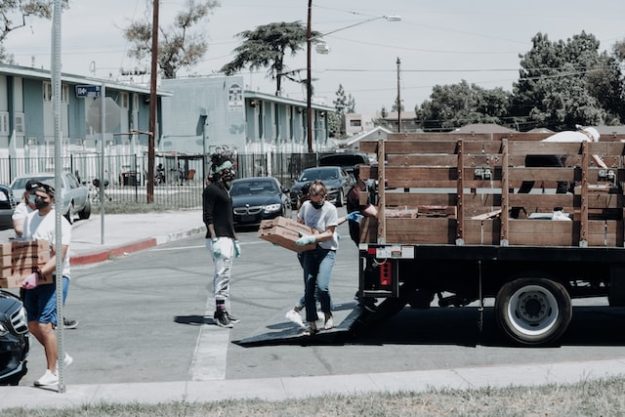
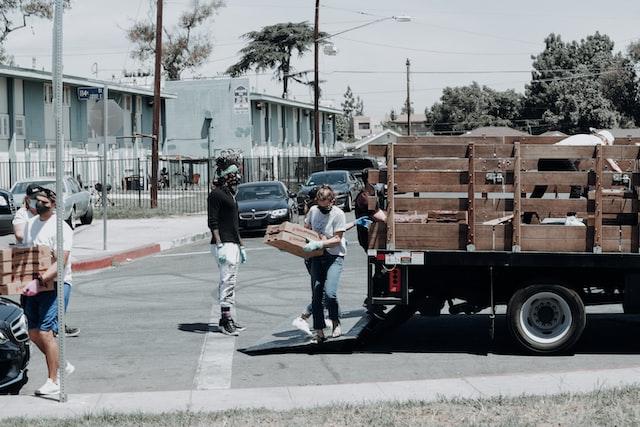 For many nonprofits, the yearly annual report is often just another task on a very long to-do list. Most charities are juggling a lot—development, program maintenance, fundraising, and more—and the annual report can feel like yet another mandatory routine project. One that often gets handled at the last minute without much intentional care and effort.
For many nonprofits, the yearly annual report is often just another task on a very long to-do list. Most charities are juggling a lot—development, program maintenance, fundraising, and more—and the annual report can feel like yet another mandatory routine project. One that often gets handled at the last minute without much intentional care and effort.


 Have you started working on your annual appeal and year-end fundraising plan?
Have you started working on your annual appeal and year-end fundraising plan?


 What I have for you is something you can do this week (or you can pick another week on your calendar that isn’t already overfilled with appointments, assignments, meetings and what-not). It’s really simple and really powerful. There’s one catch: you have to put aside 45 minutes/day for five days. If you’re resistant to change, read no further. This post isn’t for you. If, however, you have a hunch you might be able to move from good to great, then… read on (oh, and there’s a little bonus ‘gift’ at the end).
What I have for you is something you can do this week (or you can pick another week on your calendar that isn’t already overfilled with appointments, assignments, meetings and what-not). It’s really simple and really powerful. There’s one catch: you have to put aside 45 minutes/day for five days. If you’re resistant to change, read no further. This post isn’t for you. If, however, you have a hunch you might be able to move from good to great, then… read on (oh, and there’s a little bonus ‘gift’ at the end).
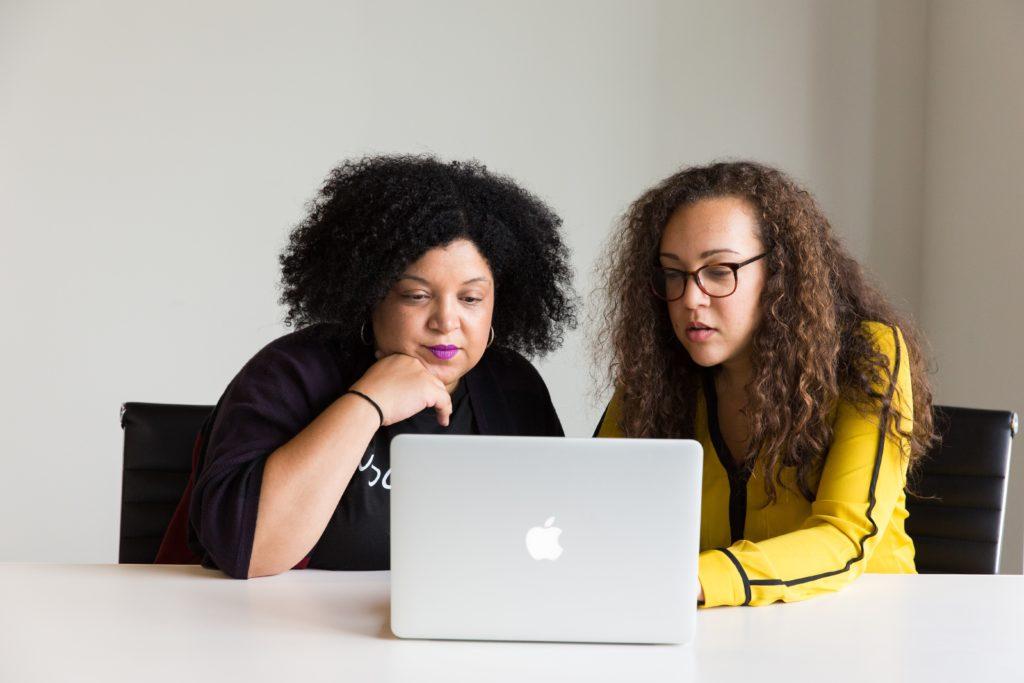 In
In 
 For at least the past five years I’ve been actively encouraging nonprofits of all stripes to begin or ramp up their
For at least the past five years I’ve been actively encouraging nonprofits of all stripes to begin or ramp up their






